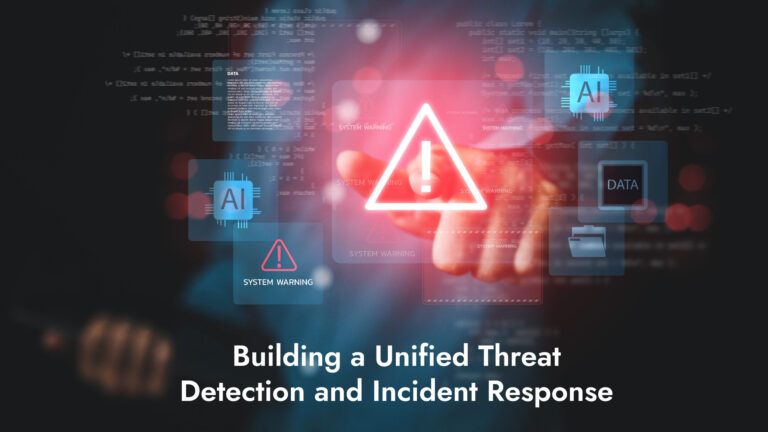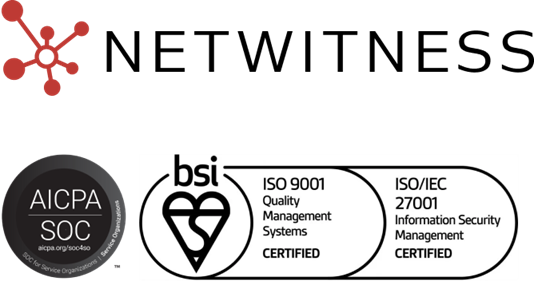What is Attack Surface Intelligence?
Attack Surface Intelligence (ASI) is the practice of identifying, mapping, and monitoring every potential point a threat actor could exploit within your digital ecosystem. It empowers organizations to understand their cyberattack surface, detect vulnerabilities early, and prioritize remediation before attackers can act.
Attack surface intelligence combines attack surface discovery, threat analysis, and real-time visibility into external assets. By continuously tracking IPs, domains, and cloud assets, it reveals exposures that traditional scans often miss. Modern attack surface intelligence tools integrate dark web insights and automation to provide continuous attack surface monitoring and faster response.
Synonyms
- Attack Surface Analysis
- Attack Surface Discovery
- Attack Surface Management (ASM)
- Automated Security Intelligence (ASI)
- Continuous Security Monitoring
- Digital Attack Surface Management
- External Attack Surface Management
- Asset Discovery and Inventory Management
Why Attack Surface Intelligence Matters
A well-implemented ASI strategy helps organizations move from reactive defense to proactive resilience.
ASI matters because, it:
- Reduces overall attack surface risk.
- Enables attack surface intelligence monitoring for real-time visibility.
- Strengthens attack vector defense and response readiness.
- Supports compliance and continuous attack surface management.
How Attack Surface Intelligence Works
- Attack Surface Discovery: Identifies all internet-facing assets.
- Attack Surface Mapping: Visualizes relationships between assets, vulnerabilities, and threats.
- Continuous Attack Surface Monitoring: Tracks new exposures as they emerge.
- Attack Surface Intelligence Risk Reduction: Prioritizes high-impact risks for mitigation.
By automating this cycle, ASI provides security teams with a live map of their external attack surface tools and vulnerabilities.
Best Practices to Reduce Attack Surface
- Conduct continuous attack surface monitoring
- Use automation to flag and close emerging vulnerabilities
- Integrate attack surface intelligence data into SIEM/SOAR platforms
- Regularly assess third-party and cloud environments
- Establish clear attack surface risk management processes
NetWitness Connection
NetWitness provides advanced visibility across your attack surface intelligence exposures, integrating continuous monitoring and real-time analytics. Its platform empowers organizations to reduce attack surface, detect emerging threats, and act before adversaries can exploit weaknesses.
Explore how NetWitness enhances attack surface intelligence risk reduction through unified visibility and automated threat detection.
Related Terms & Synonyms
- Attack Surface Management (ASM): Continuous discovery and remediation of digital exposures.
- Asset Discovery and Inventory Management: Cataloging all assets that make up the attack surface.
- External Attack Surface Management: Identifying exposures across publicly accessible systems.
- Attack Surface Analysis: Examining vulnerabilities across endpoints, networks, and applications.
- Continuous Security Monitoring: Ongoing oversight of attack vectors and threat activity.
- Attack Surface Discovery: Finding new and hidden digital assets.
- Digital Attack Surface Management: Managing cloud and SaaS exposures.
- Automated Security Intelligence (ASI): Leveraging AI-driven threat detection for faster insight.
People Also Ask
1. What is attack surface exposure?
Attack surface exposure (ASE) refers to any vulnerable entry point – like open ports, misconfigured assets, or shadow IT- that attackers can exploit.
2. What is attack surface management?
Attack surface management (ASM) is the continuous process of discovering, assessing, and securing all assets across an organization’s digital footprint.
3. What is attack surface?
Attack surface refers to an organization’s total set of exposed digital points that could be targeted by attackers.
4. What is attack vector?
Attack vector is a specific path or method an attacker uses to exploit vulnerabilities within the attack surface.
5. What is the attack surface of social engineering?
Attack surface on social engineering includes human interactions and communication channels like emails or calls, used by attackers to manipulate individuals.
6. What is attack surface monitoring?
Attack surface monitoring is the practice of continuously tracking digital assets to detect new vulnerabilities or exposures.
7. How to reduce attack surface?
You can reduce attack surface by eliminating unnecessary assets, patching regularly, and employing continuous attack surface monitoring with automated tools.




